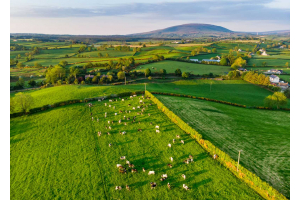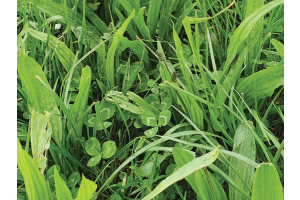Monthly Archives: May 2021
-
Posted: May 29, 2021Read more
Harvesting season is just around the corner and the talk on most farmers’ lips is all about grass. The weather hasn’t been kind and means dairy, beef and sheep farmers are potentially looking at a deficit this year. However, multi-species grass seeds are providing an alternative to disappointing yields.
Multi-species swards are making a lot of noise in the farming community. They need less resources and are much better for the livestock. The previous misconceptions about them only being suitable for drier climates have been put to bed by Teagasc.
If multi-species are the way forward, it’s time for farmers, merchants, agricultural advisors and policy makers to start paying more attention.
What are the benefits of a multi-species grass sward?
Multi-species grass has been an area of huge focus in many of the latest Teagasc studies. They are doing their best to give farmers every advantage in an increasingly restricted environment. As farmers continue to grapple with the changing climate and customer demands, multi-species grass is providing serious benefits.1. Reduced Need for Inorganic Nitrogen
One of the crowning improvements that multi-species grass holds over perennial ryegrass monocultures is its ability to produce more with less.Teagasc research found that multi-species can maintain a high yield with hugely reduced inorganic nitrogen fertiliser. While it takes some grass swards 300kg+, a well-maintained multi-series sward can get by without any because many of the legumes provide fertiliser naturally. With farmers at the mercy of the market when it comes to fertiliser prices, this is welcome news.
Brexit and a higher nitrogen demand than usual coming from the US amidst the reduction in supply are causing prices to fluctuate massively. When this is added to the chastening EU regulations that are not about to change, the option of a reduced reliance on N is increasingly attractive.
Back to Top






